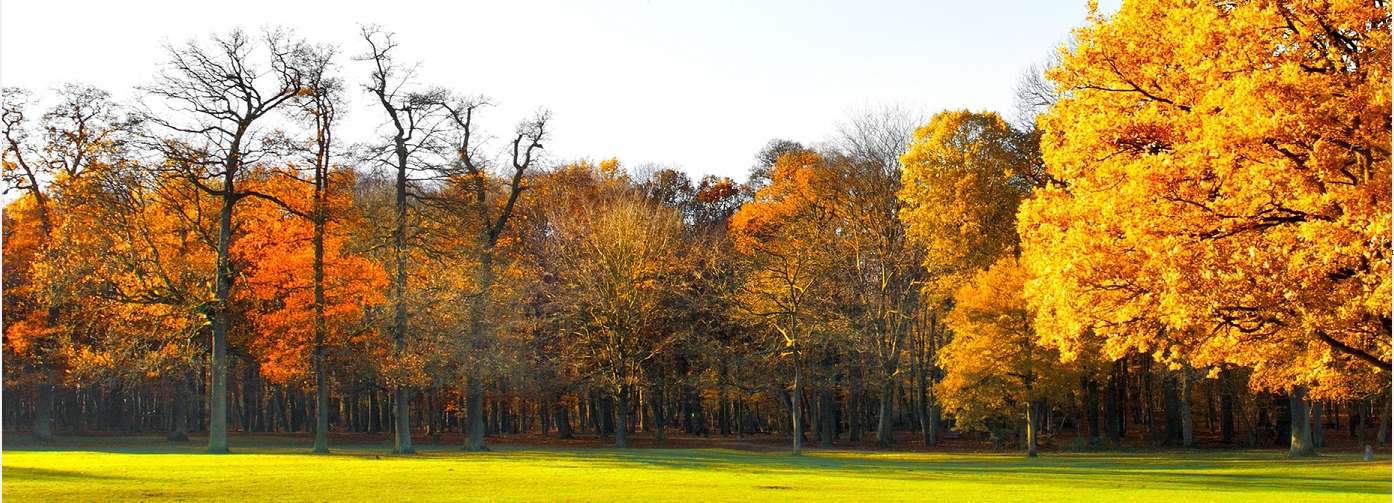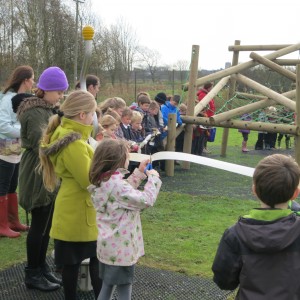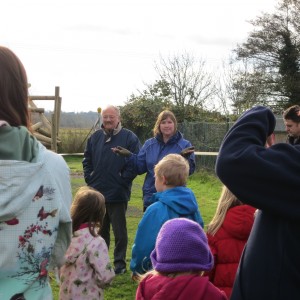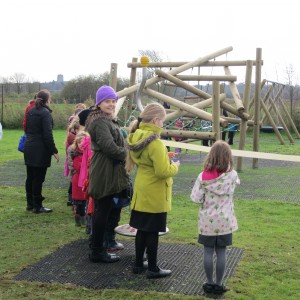Interesting buildings
The Village Hall
In conjunction with her son, the late Mrs Kenyon provided the Parish with a Village Hall in 1925.
The War Memorial
A War Memorial was erected in memory of the 18 Gillingham men who were killed in the Great War. It was sited at the corner of Yarmouth and Loddon Roads because on this spot King George V reviewed the Northern Army in 1916 before it went to France. The late Lord French was with him.
Winston Hall
Quite close to the Winston Rectory is an old farmhouse called Winston Hall which certainly goes back to the reign of Queen Elizabeth, if not earlier. In her reign a certain Simon Smith lived there, and there has always been a tradition that Richard Cromwell, son of the Protector lived at Winston Hall after he retired to live the life of a quiet country gentleman. There is a walled garden at Winston Hall. The walls are very old and look as if they once formed part of a building as there are bricked up doors and windows etc. also a date which looks to be 1661 formed in brickwork. Winston Hall is reputed to be haunted. The ghosts are not seen but are often heard. A rustling noise like a stiff silk dress can be heard going along a corridor at the back of the house and at other times heavy footsteps are heard walking about at night and a voice is heard calling “are you there” from an old outside door now little used, but if you go to look you will not find anyone there. Queen Elizabeth may have visited this old house as it is quite likely she came to Gillingham as she had land (Crownland) and a hunting lodge here. She certainly stayed at Beccles as the Royal Arms are carved on an overmantle in a house near Barclays Bank, known as Queen Elizabeth House.
The Village Hall
The Village Farm, so called because it stands in the Village Street, is a very old house, certainly one of the oldest in the village. It was built around 1600 and added to about 1820 after a fire. It was no doubt once half timbered and had a thatched roof. At some time it has been covered with plaster in the Dutch style and a tiled roof put on. In 1828 the plaster had got into a bad state and was pulled off and it was possible to see what the original house had looked like. The old timbers were still there, much decayed. It must have been a pretty house. Unfortunately, it had to be given a coat of rough cast to hold it together. The earliest tenant or owner remembered by an old parishioner was named Gepps. A Mr Gepps also left the White Lion Hotel at Beccles in 1837, he had a celebrated bay pony which he drove 100 miles in 12 hours. Mr Benjamin Brundell who died in 1872 next lived at Village Farm. It was once two farms and there were two houses, the other standing on the other side of the road. It was near the road and was burnt down in 1843 with the barn and other buildings. Some said it was fired by a workman who was dismissed and did it for spite. Mr B Brundell who lived there at the time moved over to Village Farm and the two farms were united. John Brundell next lived there. He was very excitable and will long be remembered in Gillingham. He had a plumbers business in Beccles as well as the farm and when at Beccles would climb the Church Tower to watch his men go out to work in the fields at Gillingham to see if they were late, and if so they heard all about it when he returned. The next tenant was a Mr Wyllys, son of Judge Wyllys. He lived there about 5 years. He was followed by Mr Daniel Dawe who had 11 children, 9 being daughters. In 1914 the Village Farm was lived in by Mr James P Hemmant. Members of the Hemmant family lived there until 1974 when it was bought by Mr D C Montacute. Electric light was installed in 1932 when it was brought to the district of Yarmouth. Mr Montacute extensively renovated Village Farmhouse, blocking the original front door on the east side.
The Village Street
The road over the marshes to Beccles used to be in front of Village Farm House and over the allotment gardens. It joined the present road at Long Dip and can still be traced in dry weather.
The road going past Village Farm to Dunburgh is known as Kings Dam. The name is rather a mystery but there is a legend about a king who came that way in olden days. It could have been King Edmund as he is said to have had a palace near Hales Church.
Wyndale Farm
Wyndale Farm is said to have a secret underground passage leading from a cellar to the river. It can be traced by the hollow sounds when a horse is ridden over it. The entrance can be seen bricked up in the cellar. It is said to be haunted, possibly by smugglers. There was a lot of smuggling done in these parts in the olden days. A road near the farm is called Holloway Road.
The Winston Rectory
The Rectory is a very old house which seems to have been added to at various times. The Rev. John Lewis was rector in 1850. He was then a very old man and had a curate to help him. Poor old Rev. John Lewis was so old and infirm that he found it difficult to stand in the pulpit to preach. So as he had been an ardent horseman and hunter, he had a curious contraption made in the pulpit hsaped like a saddle for him to sit on, and mounted on this he was inspured to preach. I suppose the curate had to sit on it too! His successor, Rev. John Farr found the curious seat in the pulpit when he arrived in the parish. Needless to say he had it removed. The story is told of oor old Lewis that when he was 80 and could not see too well, he churched two ladies who had walked over from Beccles and had unwittingly seated themselves in the “churching” pew. The mistake was only found out when the clerk pursued them out of church and demanded the fee. Rev. Lewis died in 1855. Rev Farr had the living until 1867. He had a large family. His wife was a Miss Cobbold of Ipswich.
The Swan Hotel
The old White Swan Inn was pulled down in 1935 so that the road could be made wider. It was 200 years old. A new Inn was built behind the site of the old one. There used to be a Toll Gate and house just a few yards on the village side of the inn.
The Village Stocks
The village stocks once stood just beyond the end of St Mary’s churchyard, where the drive divides and forms a circle in front of the Hall. The road used to run between the churches and the Hall but was altered by Act of Parliament somewhere about the time the commons were enclosed (1805) . The road once went through what is now the shrubbery in front of the Hall over what is now the drive, across the park to the Yarmouth Road. The commons were probably near the churches.
The Blacksmiths
The Blacksmiths house and shop at the foot of Gillingham Hill were sadly demolished in 1987, in order to make way for new houses to be built, Anvil House being one of them. Mr Holmes and his son had been blacksmiths there for many years. The road now in existence close to the site of the blacksmiths is called Forge Grove.



